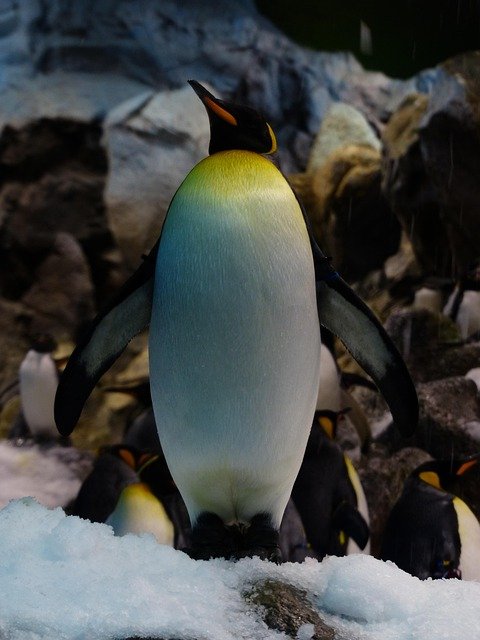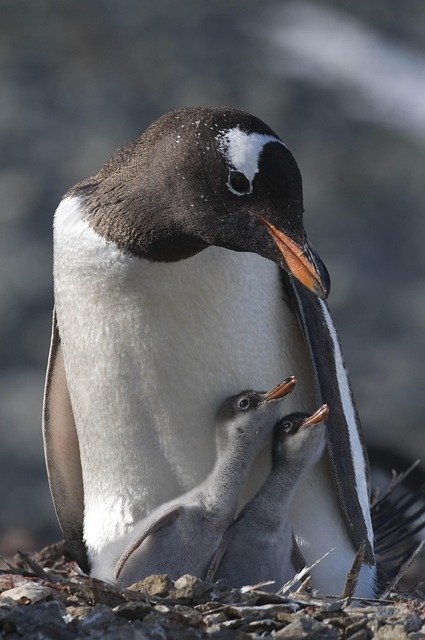**Title: "The Social Lives of Penguins: How These Charming Birds Communicate and Cooperate"

The Social Lives of Penguins: How These Charming Birds Communicate and Cooperate
Penguins, often celebrated for their adorable waddle and striking tuxedo-like appearance, are more than just cute birds; they are fascinating social creatures with complex communication and cooperation strategies. In this post, we will explore the social dynamics of penguins, their methods of communication, and how they work together in their harsh environments.
Communication: The Language of Penguins
Penguins have developed a rich tapestry of vocalizations and body language to communicate with one another. Here are some key aspects of their communication:
Vocalizations
Distinct Calls: Each species of penguin has its unique set of vocalizations. For example, Emperor penguins produce a variety of sounds, including trumpets, brays, and honks, which help them identify mates and communicate with their chicks.
Chick Calls: Newly hatched chicks have specific calls that help their parents locate them in crowded colonies. This is crucial for survival, as the chicks are vulnerable to predators.
Mating Rituals: During courtship, penguins engage in vocal displays that include synchronized calls and movements, strengthening the bond between partners.
Body Language
Posturing: Penguins use body language to convey emotions and intentions. For instance, puffing up their chests can indicate aggression or dominance, while bowing and nodding can signal submission or friendliness.
Physical Touch: Penguins often engage in preening each other, which not only helps maintain their feathers but also reinforces social bonds within the group.
Cooperation: Working Together for Survival
In the harsh environments where penguins live, cooperation is essential for survival. Here are some examples of how these birds work together:
Nesting and Raising Chicks
Shared Responsibilities: Many penguin species, such as the Adélie and Gentoo penguins, share the responsibility of incubating eggs and feeding their chicks. This teamwork increases the chances of survival for the young.
Colony Living: Penguins often form large colonies, which provide safety in numbers. By nesting in close proximity, they can better protect their young from predators and harsh weather conditions.
Foraging Strategies
Group Hunting: Some species, like the Emperor penguin, hunt in groups, which enhances their ability to catch fish and evade predators. By working together, they can drive schools of fish into tighter groups, making them easier to catch.
Information Sharing: Penguins communicate about the location of food sources, allowing members of the colony to take advantage of rich feeding grounds. This information sharing is vital for their survival in the resource-scarce environments they inhabit.
Conclusion
The social lives of penguins are a testament to the complexity and adaptability of these charming birds. Through their sophisticated communication methods and cooperative behaviors, they thrive in some of the most challenging environments on Earth. As we continue to study and learn from these remarkable creatures, we gain valuable insights into the importance of social bonds and teamwork in the animal kingdom.
Feel free to share your thoughts or experiences with penguins in the comments below! 🐧💬
